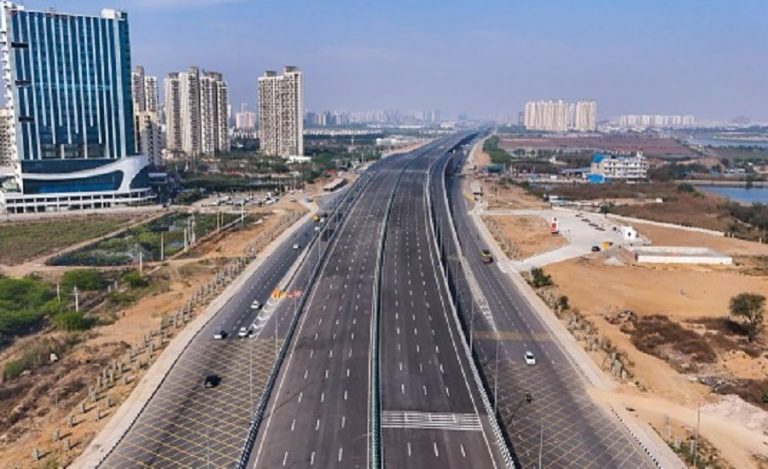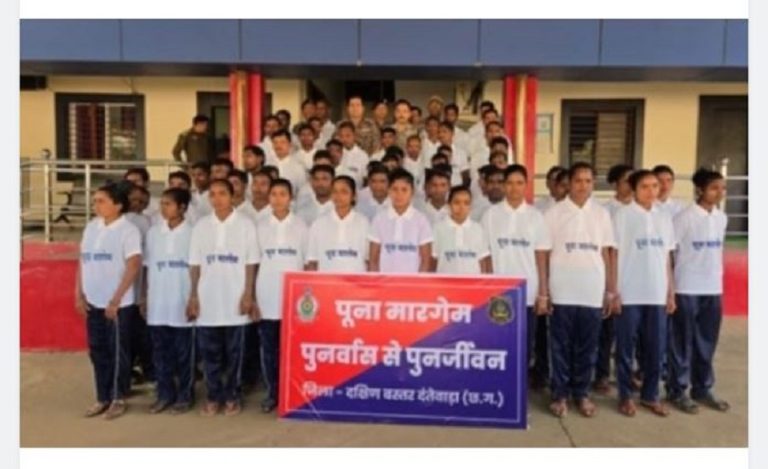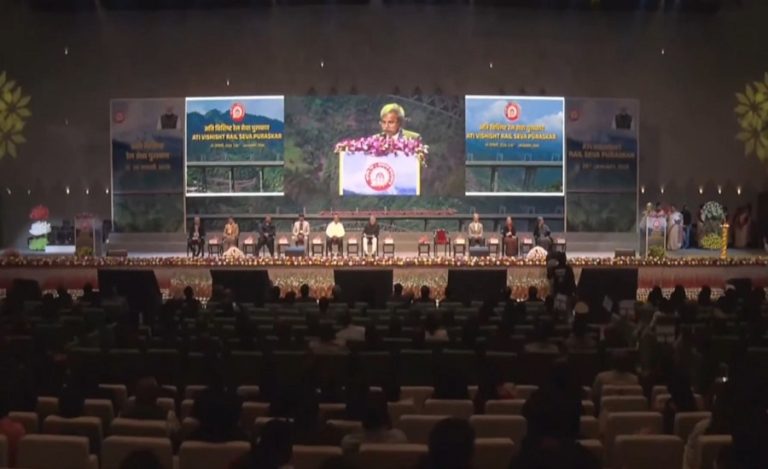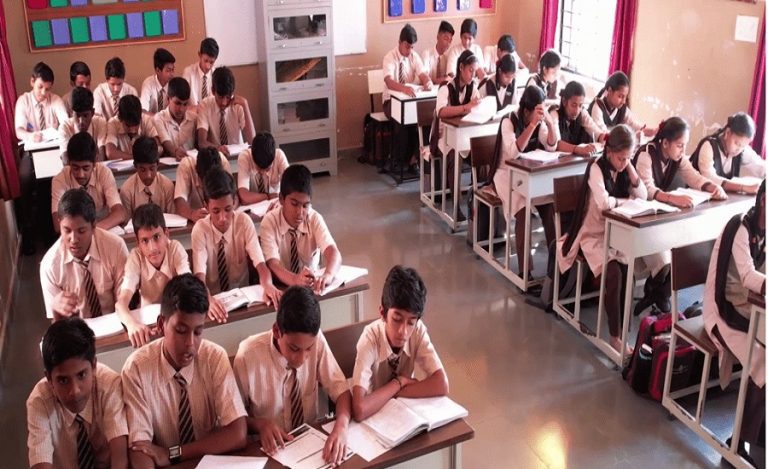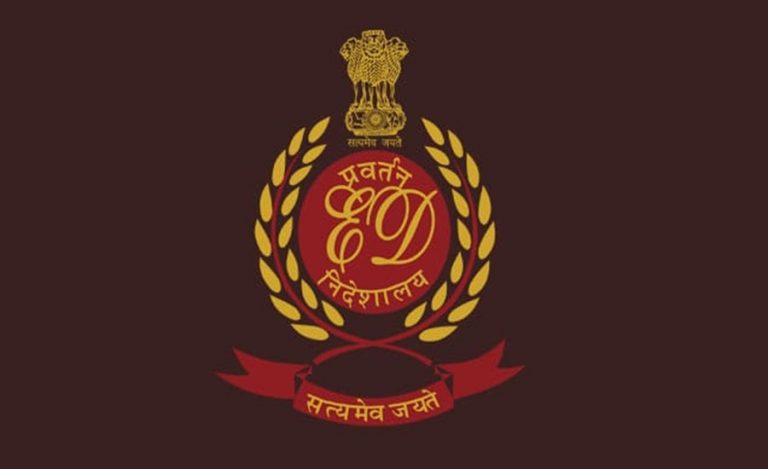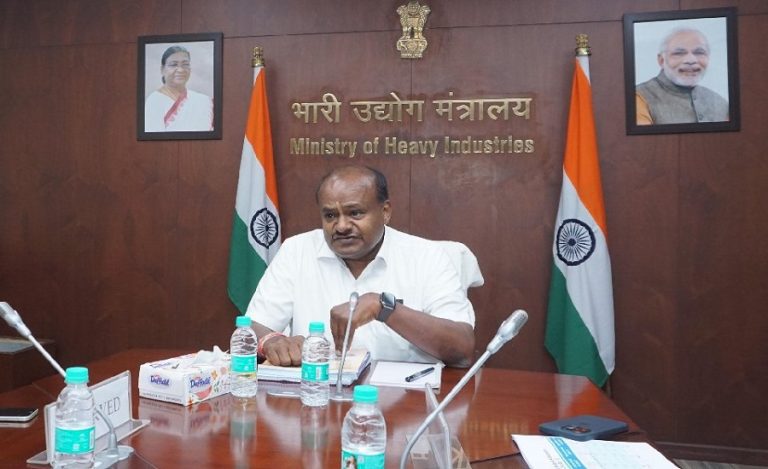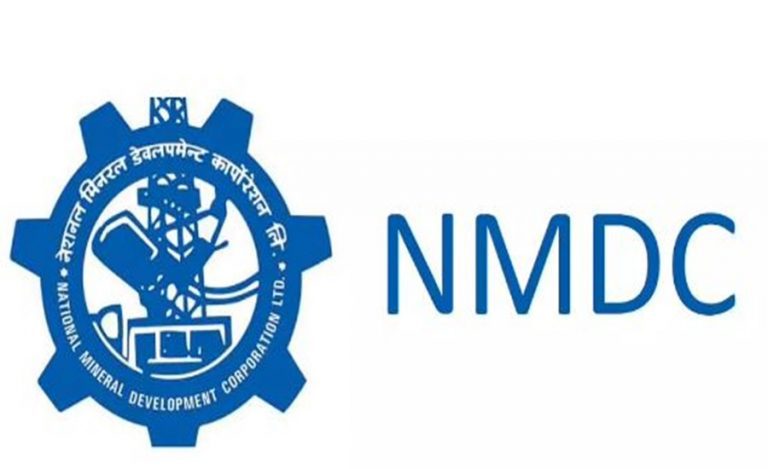In a decisive move to enhance industrial safety across India’s petroleum sector, the Petroleum and Natural Gas Regulatory Board (PNGRB) has released a comprehensive concept note proposing the establishment of Emergency Response Centers (ERCs) at key oil and gas installations. The initiative aims to close critical gaps in the sector’s emergency preparedness, particularly for large-scale disasters such as fires, explosions, and chemical leaks.
The urgency behind the proposal is underscored by a concerning rise in industrial incidents. According to official data, 55 major accidents were recorded in 2023–24, resulting in 34 fatalities — a significant increase from 28 deaths in 2022–23 and 22 in 2021–22. These figures highlight the growing severity of operational risks in the energy infrastructure landscape.
Tragedy behind the Initiative
A long-standing trigger for such an initiative remains the catastrophic Jaipur Terminal fire of 2009, where a massive blaze caused by a petrol leak at Indian Oil Corporation’s Sanganer fuel depot burned for 11 days, claimed multiple lives, caused damages worth ₹300 crore, and exposed severe shortcomings in emergency response capabilities. An inquiry committee led by MB Lal had recommended setting up ERCs in terminal clusters—advice that remained unimplemented for over a decade.
“Level-3 emergencies, such as full-surface fires or tank explosions, are beyond the capacity of in-house firefighting systems,” the PNGRB concept note stated. “ERCs are designed as centralized command-and-control hubs capable of responding swiftly with high-volume, long-range firefighting equipment and specially trained ‘fire-commandos’ to contain disasters within 30 to 40 minutes.”
Inspired by successful global models like the Refinery Terminal Fire Company (RTFC) in the US and the Emergency Response Service Centre (ERSC) in the UK, PNGRB envisions India-specific ERCs designed to cater to the unique geography, infrastructure, and operational landscape of the domestic oil and gas industry.
Initial Rollout Plan to be around clusters
The initial rollout of ERCs is proposed in 12 high-risk clusters, including strategic hubs like Kandla, Manmad, Vizag, Ennore, and Panipat. These regions house large-capacity storage terminals managed by major public sector Oil Marketing Companies (OMCs) — Indian Oil Corporation Ltd (IOCL), Bharat Petroleum Corporation Ltd (BPCL), and Hindustan Petroleum Corporation Ltd (HPCL). Sites with combined oil storage exceeding 1.5 lakh kilolitres, and where multiple OMCs operate in proximity, will be prioritized.
The ERCs may also be deployed near major crude oil pipeline terminals, further extending their reach across the petroleum supply chain. Though various efforts since 2014 — including international consultations and tenders — failed due to high costs and lack of consensus, a renewed momentum came in February 2025, when the Ministry of Petroleum and Natural Gas (MoPNG) constituted a new expert panel under former HPCL CMD MK Surana to re-evaluate the country’s emergency response framework.
The initiative has also garnered support from the Directorate General of Fire Services, which urged the ministry to accelerate ERC implementation to protect public life and critical assets.
Long Term Vision of the Board
As part of the long-term vision, PNGRB intends to integrate ERCs into its safety and technical regulations. The centers will be governed by standardized guidelines, periodic audits, and compliance mechanisms, ensuring institutional accountability and robust safety performance.
“ERCs are not just reactive hubs but strategic safety assets,” the concept note emphasized. “They are akin to an insurance policy for the energy sector — a cost-effective yet vital investment to mitigate the impact of industrial disasters.”
With this initiative, India aims to bring its petroleum sector safety practices in line with global best standards, marking a significant step toward building a more resilient and disaster-ready energy infrastructure.


